Rain and Drought: How to Manage Water in Your Garden and Landscape
- Gardening Expert and Host of Growing a Greener World®April 20, 2019
It’s undeniable. Gardeners are facing weather that has become more unpredictable than ever. Record-breaking rain events and periods of drought, temperatures which are significantly warmer or colder than normal, flooding and high winds - all of these extremes can wreak havoc in the garden.
While you can’t predict the weather, you can take certain proactive steps to help make your garden more resilient to these unusual conditions. Let’s start with drought.
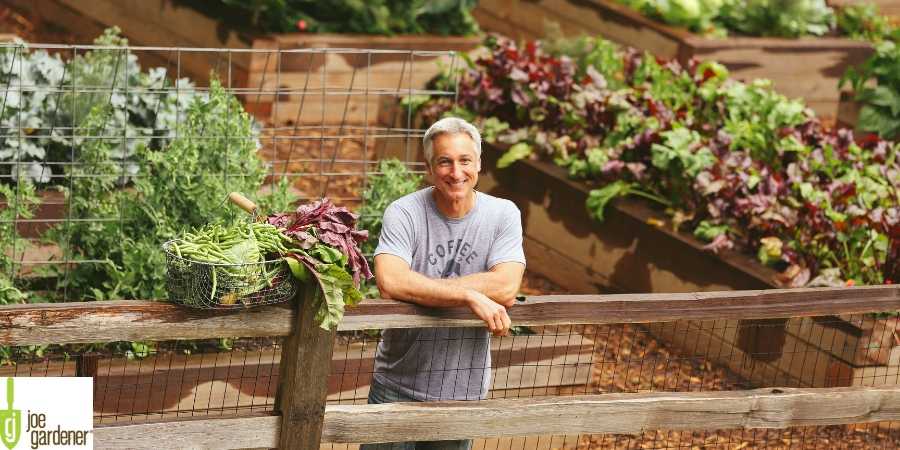
Preparing Your Landscape and Lawn for Drought
Although 75% of our planet is covered with water, only a minuscule 1% is available as pure, clean water for use by the entire world population. Think about that for a moment: 1% for everyone on Earth to use for drinking, bathing, cooking, and irrigation.
Of that usable water, approximately 25-40% goes toward watering our lawns and landscapes, and of that amount, the EPA reports that nearly 50% is wasted. Even if you don’t live in an area prone to drought, there are many reasons to take a waterwise approach to landscaping.
There’s never been a time in history when drought didn’t plague some part of the U.S., but droughts are local and regional issues. So, the only way to prepare your landscape and garden for when drought strikes where you live, is to be more conscientious when it comes to the water usage within your control.
Did you know the average American uses 100 gallons per day? And the bulk of that amount is outdoor irrigation, so while there are steps you can take to conserve indoors, conserving outdoor use will really add up. The more efficiently we all utilize water, the more that will be available to us all during dry periods.
Plants require less water than you might think. In fact, more plants die from overwatering than underwatering. Established plants require just an inch of water per week in the absence of rain. The watering method you use to provide that moisture is key.
So much water is lost to evaporation from heat and wind. This is a particular tragedy because it’s so easy to prevent. Drip irrigation, soaker hoses and emitter tubing all deliver water where plants need it most - at the soil surface. That way, your plants require less water overall, and since the water is being kept at the surface, less of it is lost to evaporation.
Drip irrigation and emitter tubing also deliver a measured amount of water, so you control the flow rate. That way, you can be sure you’re not providing too much moisture.
For those times when an overhead sprinkler is necessary, be sure to water during the dew period - between 4am and 6am. During these cool, calm hours, there is less risk of evaporation. This early morning watering also ensures your plant foliage will dry more quickly, which puts your plants at a lower risk of disease too. Far too often I see sprinklers running in the late afternoon. Such a waste of a precious resource!
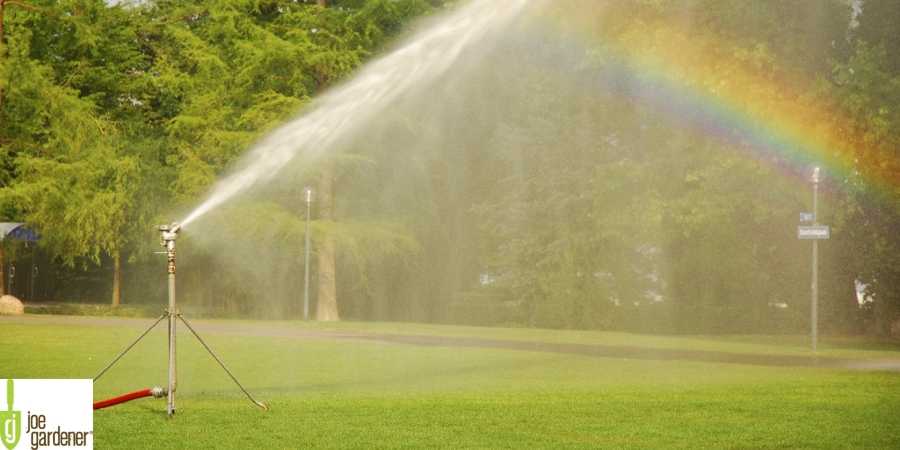
Your watering frequency can make a big difference too. Many gardeners make the mistake of watering often and for brief periods. Your best approach is to water lawns deeply and infrequently. That allows the moisture to seep further into the soil surface, which encourages roots to grow more deeply too. This is particularly true in your lawn. Water just a couple times per week - your plants and lawn will be better prepared to withstand dry spells.
Feeding your lawn with a slow-release, non-burning, organic-based fertilizer - like Milorganite - will also promote deeper root growth and healthier shoots too.
When rain does come, be sure to make the most of it. Set up a rain barrel or cistern harvest system to capture and hold that moisture to be put to use in the landscape. You can also save warm-up water from indoors. For example, capture the water you run from the kitchen sink while waiting for it to get hot. That water can go a long way toward keeping your plants irrigated - especially during periods when you may be under water restrictions.
If drought becomes extreme, be selective in your watering. Focus on your most precious plants. It may be easy to replace the plants in your vegetable garden, but if you lose a prized shrub during extreme weather, it can be expensive and time-consuming to recover the loss.
Preparing Your Landscape and Lawn for Heavy Rainfall
An overabundance of water can be a more difficult issue to control and overcome than drought. Plant roots require oxygen to remain healthy. When your soil is overly saturated with water, plants can literally drown. If you live in an area with flooding or heavy rain events, the best that you can do is to create a growing environment which promotes good drainage.
Raised beds are a great option in flood-prone areas. The enclosed soil protects against erosion, and the elevated growing environment provides additional room for excess water to drain down and away from plant roots.
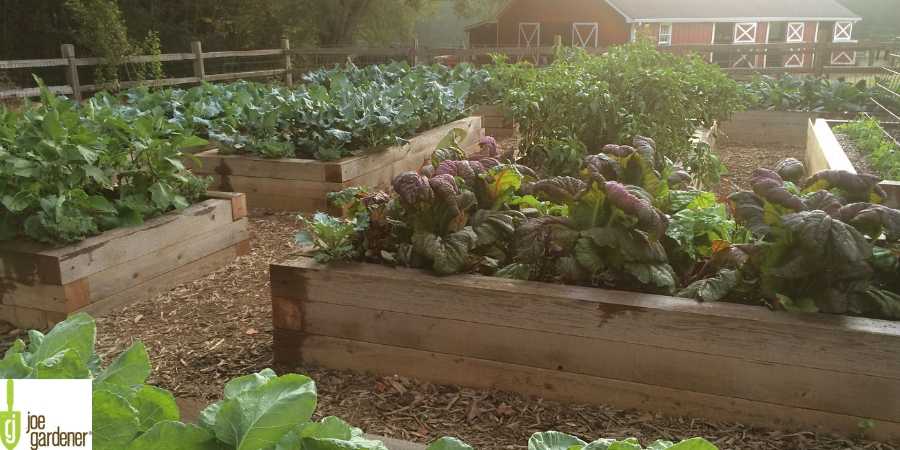
Focusing on soil health is particularly important in wet areas. When you add organic matter - like compost - you will be improving the tilth of your soil. Why does that matter? Well, soil with good tilth is better able to retain a good moisture balance, allowing excess water to drain away from your plants.
Set the crown of your plants slightly higher than the soil surface. Water will be more likely to drain away if your plants are on a slight mound.
Be sure your watering system is tied to a rain monitor, so that it will remain off during rainy periods. You don’t want your irrigation to add to the problem.
Proactive Steps for Every Gardener
Regardless of the extreme temperatures you face in your area, here are fundamentals to equip your plants to withstand climate stressors:
Proper Plant Selection
Do a little initial homework. The time you invest will be well worth it in the end. Plants that need cooler temperatures to thrive will not do any better as the earth is getting warmer. Climate zones are changing. Get to know your growing zone and choose plants that are appropriate for your area.
Next, search for plants native to your region - meaning varietals that live or grow naturally in your particular region without direct or indirect human intervention.
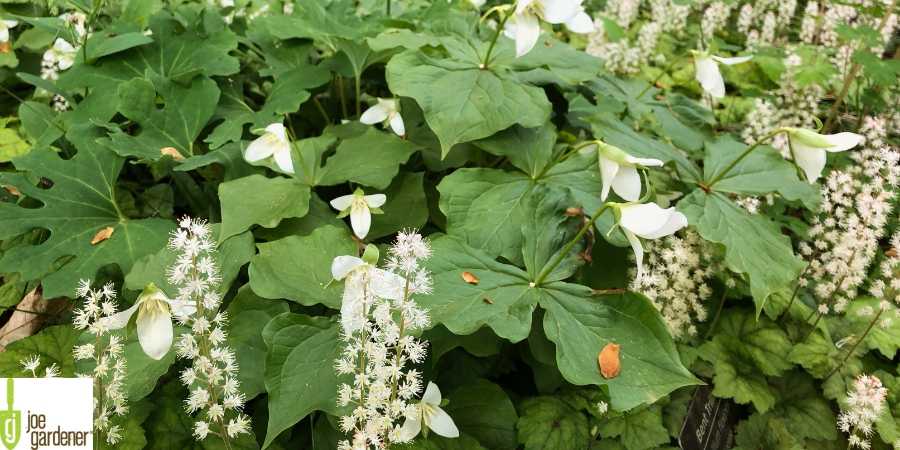
Although conditions where you live may be changing, plants native to your part of the world have passed down traits that allow them to withstand the heat or cold, drought or flood which your area has typically received. An added bonus, native plants have developed systems to fend off the pests and diseases which are also native to your area. All of these natural traits provide those plants an advantage to withstand additional stress, like an uncommon period of drought or heavy rainfall.
Your county extension office can provide you with a list of native plants, trees and shrubs.
That said, if you don’t find options you love, consider taking advantage of traits developed by plants native to similar climates. If you live in the humid heat of Florida, look to the humid-, heat-loving flora of South America’s rainforests. If you live in the high desert of Colorado, look to the high deserts of Argentina for additional plant choices. You get the picture.
Be sure to put those plants in the right place too. Pay attention to their light requirements and, whenever possible, follow a hydrozoning approach. Grouping plants with similar water requirements within the same space is called hydrozoning. For example: Keep drought-tolerant plants together, or group tropicals. Hydrozoning allows you to water the entire bed at the same rate and frequency, without having to micro-manage flow rate or hand water those thirstier plants.
Build Healthy Soil
When your soil is healthy, plants will be more robust and resilient to the challenges Mother Nature might bring. Amend your soil with compost and organically-derived nutrients to encourage plants to grow deeper roots and sturdier foliage.
Great soil - full of organic material and nutrients - will not only drain excess water more effectively, but it is also better able to retain moisture to be available when plants need it.
Robust plants can better tolerate wild temperature swings, gusty winds and a punishing deluge or drought. I often say for every dollar you spend in the garden, invest 90 cents on your soil. That’s because plant health begins in the soil - it’s the foundation for your gardening success.
Mulch
Beyond healthy soil, the single best thing you can do to protect your garden through climate challenges is to add mulch to your garden beds.
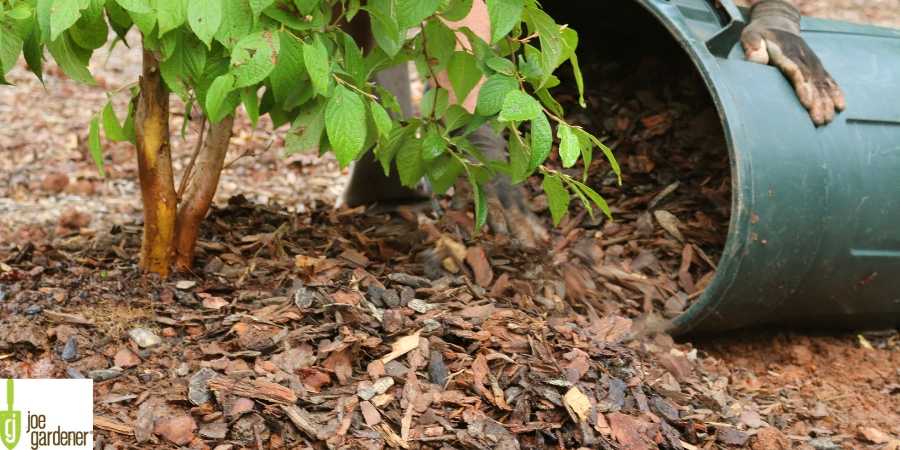
Mulch insulates the bed surface, keeping the roots of your plants cooler and the soil moist. If your beds aren’t planted tightly enough to prevent the light from reaching the soil or if you have any open areas, that layer of mulch will block the hot sun from baking a hard, crusty layer on the soil surface. Mulch also protects your garden beds from soil erosion during heavy rain or gusty winds.
Natural mulches are always your best choice. Over time, they will break down to feed nutrients into your soil. My favorite material is shredded leaves, and as an added bonus, they’re free!
Consider using cover crops in your vegetable beds as a living mulch. Growing a cover crop between growing seasons will provide the benefits of mulch - plus the roots and foliage of the cover crop can be turned into the soil surface to improve the health of the bed.
Wild weather isn’t going away anytime soon, but when you take these steps to arm your garden against the challenge, you’ll lose fewer plants and spend less time on damage control. Make notes of your experiences. That information will help you adapt and improve throughout the journey. Every year brings something new, but we can each apply the lessons we learn and give it another go the following season. Happy gardening!

